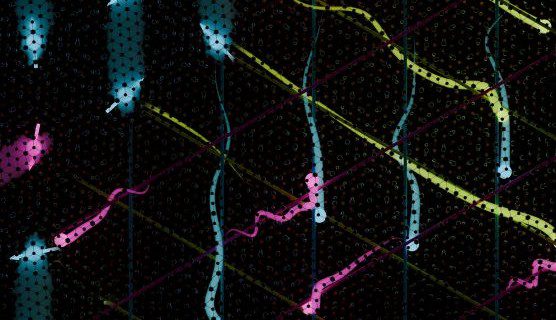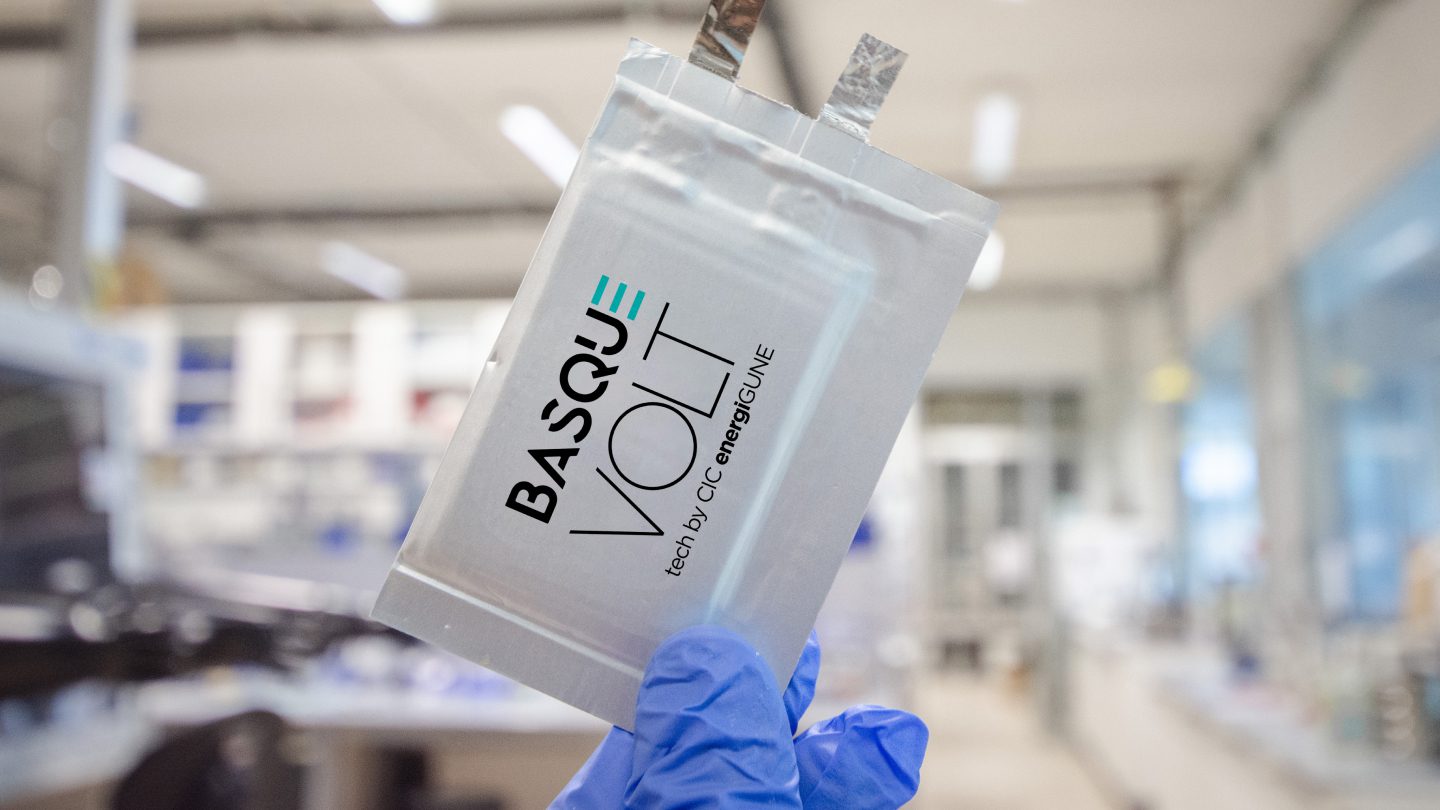Two Excellence Research Centres installed at the Bizkaia Science and Technology Park
- These are the Achucarro Basque Centre for Neuroscience and the Basque Centre for Materials Applications and Nanostructures.
- The Achucarro Centre has installed a cutting-edge microscope which allows the exploration in real time of brain cells and tissues, within the limits of the diffraction barrier.
 The Bizkaia Science and Technology Park has two new Excellence Research Centres (BERC, Basque Excellence Research Centres): one devoted to neuroscience and the other to advanced or intelligent materials; centres created thanks to the encouragement received from the Ikerbasque Foundation and the University of the Basque Country (UPV/EHU), which aim to become European Centres of Reference in their respective areas in the medium-term, and to be among the world leaders in the long-term.
The Bizkaia Science and Technology Park has two new Excellence Research Centres (BERC, Basque Excellence Research Centres): one devoted to neuroscience and the other to advanced or intelligent materials; centres created thanks to the encouragement received from the Ikerbasque Foundation and the University of the Basque Country (UPV/EHU), which aim to become European Centres of Reference in their respective areas in the medium-term, and to be among the world leaders in the long-term.
BCMaterials, Centre for Materials and Nanostructures, located in building 500, focuses on the relation between the structure and properties of functional materials, a multidisciplinary field with multiple applications in different areas of science and engineering, and which includes intelligent materials, nanomagnetism and advanced materials for applications in energy, sensors etc. The centre specialises in thin films and nanostructures, and in the characterisation of Large-scale European Facilities of neutrons and synchrotron radiation. The scientific director of BCMaterials is José Manuel Barandiarán, professor of Applied Physics in the Department of Electricity and Electronics at the UPV/EHU, author of more than 350 scientific papers and five patents and director of over a dozen theses.
Achucarro Basque Centre for Neuroscience, installed in building 205 of the Park, focuses on the study of the interactions between brain cells, principally neurons and glia[i], in healthy brains and in diseased brains, to contribute to the future development of therapies to combat neurodegenerative disease. The Scientific Director of the centre is Professor of Anatomy and Neurobiology in the Department of Neurosciences at the UPV/EHU, Carlos Matute, author of more than 140 papers, producer of 12 patents and director of some twenty PhD theses. The centre is named after the neuroscientist from Bilbao, Nicolás Achucarro (1880-1918), a pioneer in brain research and brain diseases. Achúcarro was a disciple and colleague of Santiago Ramón y Cajal and of Alois Alzheimer.
Confocal Super-resolution Microscope. The Achucarro Centre has just installed a cutting-edge confocal microscope in the imaging unit. This will permit the exploration, in real time, of details of brain cells and tissues, within the limits of the diffraction barrier (up to 50 nanometres). “It allows the visualisation of cells in greater detail and resolution, just as the zoom on a camera helps you to see the image more clearly”, explains Matute. This equipment is the first of its kind in all of Spain, and will be available for use by all of the research community.
With the BERCs, Achucarro and BCMaterials, there are now 12 research centres installed at the Bizkaia Science and Technology Park, which has a research community of almost 2000 scientists.
[i] Glía – Glial cells, generically known as glia, are “feeders” of the nervous system, providing support for the neurons. In addition, the glia and the neurons have a reciprocal interaction, determining the normal operation of the brain and its alteration under diseases affecting it.




